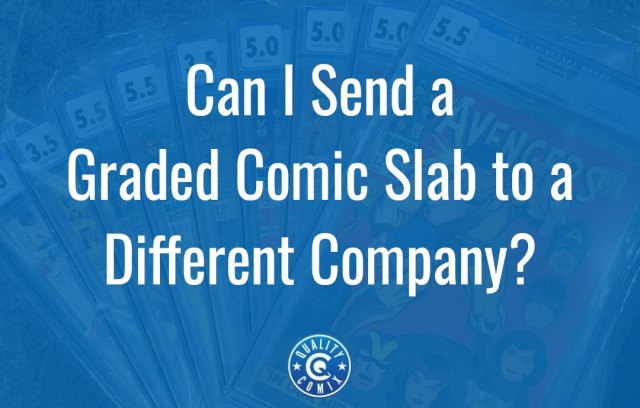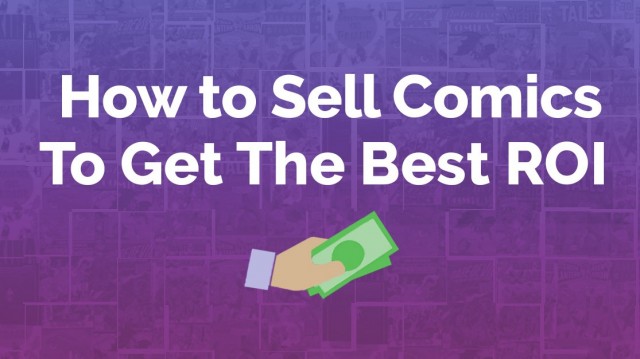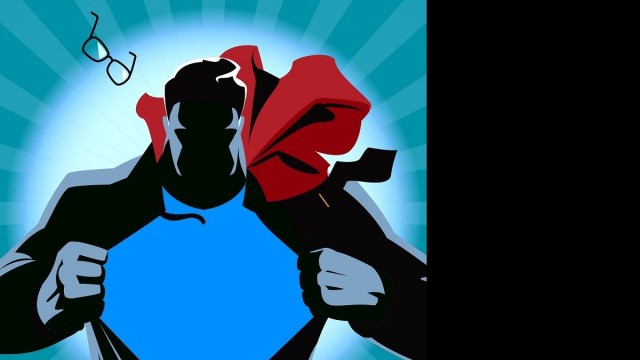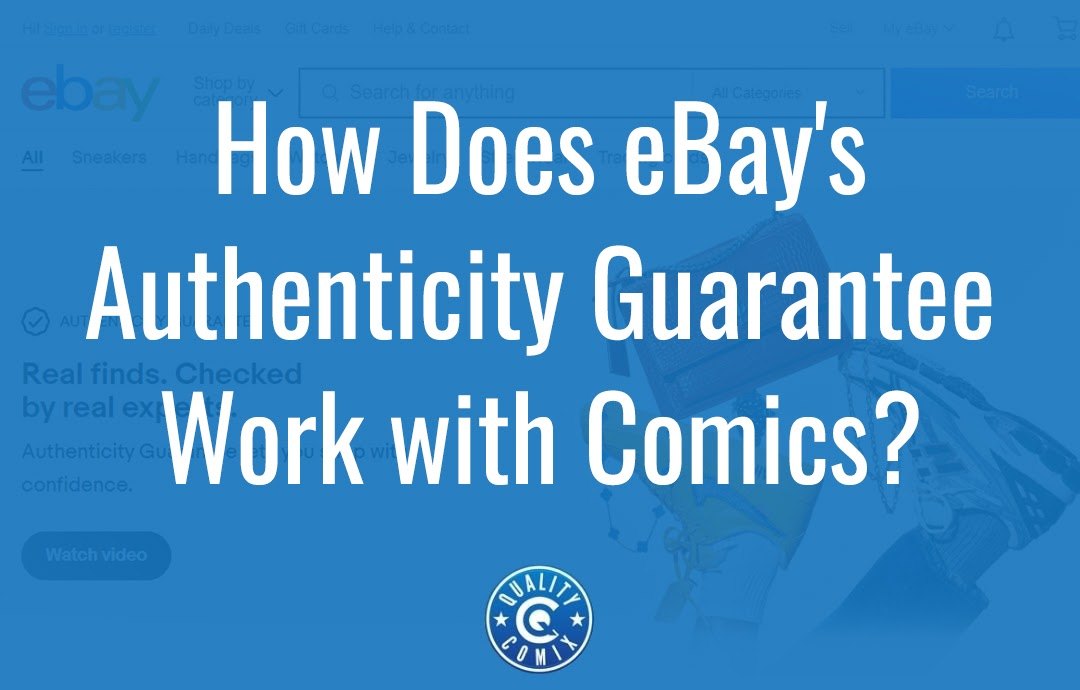
Buying and selling items online is always a bit of a hassle, and you're frequently taking risks with very little recourse if something turns out to be, shall we say, not quite what you were expecting.
With eBay, there are a few ways this can be mitigated.
The first is buying from reputable sellers. When you're buying comics, look for vendors that have a large number of positive reviews, and if they have negative reviews, read through them to see if they're relevant to the kinds of concerns you may have. Obviously, it's not great if a seller has issues with shipping packages intact, but that's a lot better than receiving a counterfeit item, right?
The second is to know what you're looking at and how to evaluate it. Listings for products like comics on eBay can range from a single blurry photo with a couple of lines of text to long and robust product descriptions with a dozen clear pictures.
The downside to shopping from reputable and well-reviewed vendors, unfortunately, is that they generally know what they have and know the market prices. You're a lot less likely to get a screaming hot deal from a well-established store than you are from some unknown person trying to liquidate their collection quickly. But, the less reputable the seller, the greater the chances of a problem.
There's one more way that risk is mitigated on eBay, and that's the eBay Authenticity Guarantee. You may have heard of this, and you may wonder how it works. Let's give it a bit of an overview.
Table of Contents
How the eBay Authenticity Guarantee Works
The eBay authenticity guarantee is a way that eBay helps protect both buyers and sellers. Buyers are protected because eBay can ensure that the products are authentic and they're actually getting the right items they paid for. Sellers are protected because a buyer can't then turn around and claim a product is fraudulent for a refund when the item was legitimate.
Here's how it works.
First, an item needs to qualify to be part of the authenticity guarantee. For obvious reasons, eBay doesn't want to spend a bunch of time and shipping costs authenticating items that are only worth $5 or so, so they tend to set minimum price thresholds for the items they'll authenticate. For example, they'll authenticate wristwatches, but only if they're sold for $2,000 or more; anything under that threshold is both less likely to be counterfeited and less worth the time and expense of authentication.
There are also usually other caveats as well. For trading cards, for example, they'll authenticate graded cards, but only if those graded cards are graded by specific companies. Some of those fly-by-night grading companies that spring up to scrape funds from people who don't know any better don't qualify.
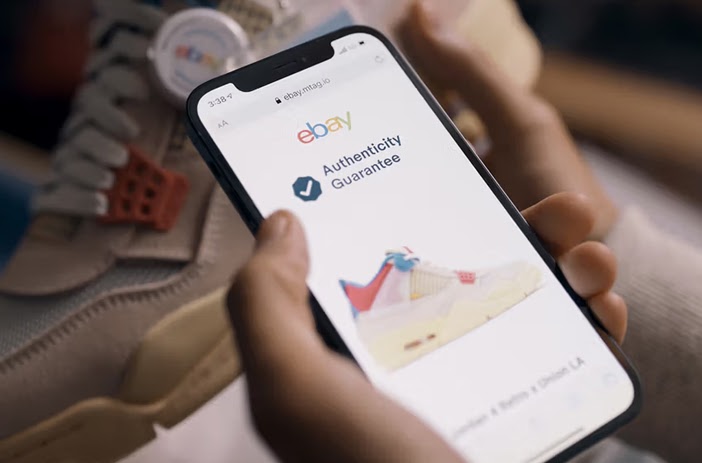
The eBay authenticity guarantee is also automatic for items that qualify. If you're selling a product with the authenticity guarantee, you don't ship it to the buyer; you ship it to the authenticator. Then, once it's verified as authentic, it's then forwarded to the buyer. As a buyer, you know when this is happening because the item you buy has an authenticity guarantee flag on the listing. The typical authentication takes about two days, though this can vary depending on the season.
Furthermore, if the buyer ends up dissatisfied even with an authentic item, they can return it by taking advantage of eBay's money-back guarantee. The item will be sent back to the authenticator, so you, as a seller, can't be scammed by sending someone an authentic item and getting a counterfeit returned.
Sounds great, right? It adds a little shipping time, but there's no additional charge and no opt-in to manage, so it's all pretty easy.
Using the eBay Authenticity Guarantee for Comics
Unfortunately, there's one significant problem with using the eBay authenticity guarantee to protect transactions involving comic books.
You can't.
Sadly, as of right now, eBay only offers their authenticity guarantee for qualifying products in these categories:
- Watches
- Sneakers
- Streetwear
- Handbags and Wallets
- Jewelry
- Trading Cards
You'll note that comics are not on that list.
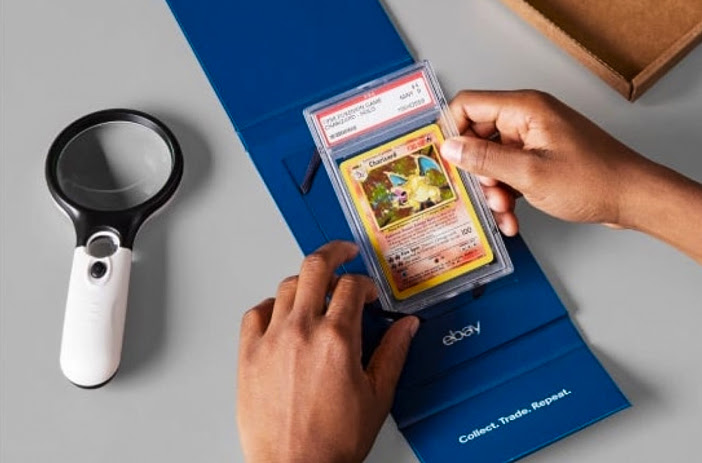
So, why am I writing a post about something that isn't possible? Two reasons.
The first reason is that eBay only just recently added the authenticity service to trading cards in the first place. Before this, it was all about apparel. This shows that eBay is paying a bit more attention to the collectibles market, and there's always the possibility that in a year or three, they'll add the same service for high-value comic books. They don't have any plans to as of yet, as far as I know, but there's always that possibility somewhere down the line.
The second and more important reason is that it gives me an excuse to talk about fraudulent and counterfeit comic books, what to watch for, and how to protect yourself.
Do People Counterfeit Comics?
Yes, of course. That said, it's not really all that common, and in some cases, it may even be a value-add rather than a waste.
Here's the thing. Counterfeiting a trading card? That's pretty easy. Counterfeiting a watch, or a handbag, or a shoe? There are factories overseas that will happily sell you a hundred pairs of a rare and valuable piece of apparel for a fraction of the cost of one.
Counterfeiting a comic book is a lot more complicated. Comics are large and detailed, and there are a lot of different things you can look at to authenticate a comic, especially an older comic. Since most of the valuable comics are decades old, any counterfeiter needs to be able to age a comic convincingly, and that's definitely not easy.
The easier a comic book is to counterfeit, the less valuable it likely is anyway. It'd be a lot easier to counterfeit a comic from 2018, but when you can buy that comic for $3 out of a box in your local comic shop, why would anyone want to make a fake?
That said, there are a few cases where counterfeits happen, and it's mostly about trying to pass off something as what it isn't.
One of the most common examples is the much-vaunted Action Comics #1. When that very important comic got popular, DC obviously wanted to capitalize on the trend, and they issued a reprint. This reprint, under the title Famous First Editions, had an outer cover identifying it as a reprint but was otherwise identical inside.
The problem with using a cover as identification with a secondary cover inside is, what happens if that outer cover is removed? Now you have a book that is almost identical to the extremely valuable actual first edition. Easy fraud, right? Buy the cheaper version, rip off the outer cover carefully, and resell it as the much more valuable book.
Well, fortunately, DC wasn't quite that dumb. They made one other change, which was to make the book physically larger. So, while the comic and the images on the pages are identical, the actual physical dimensions are larger. You can read more about all of this here.
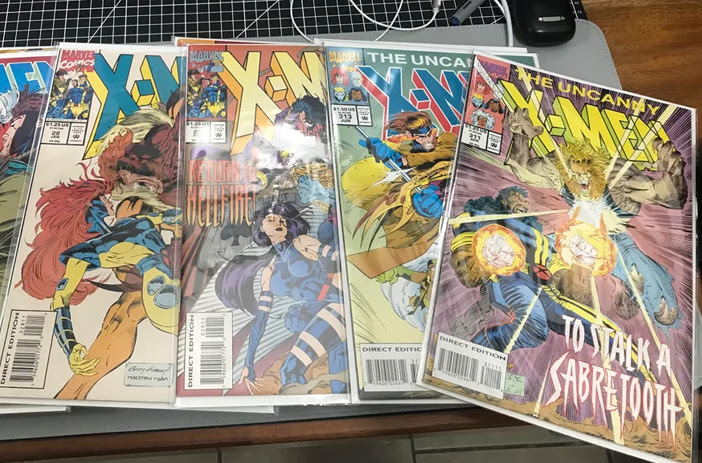
Another relatively common attempt at fraud in comics is what's known as a reholder scam. Here's how it works.
First, a decent-quality copy of a valuable comic is sent to a grading company, typically CGC, to be graded and slabbed. This comic gets a nice shiny blue label with a high grade on it, and everyone is satisfied. At this point, it's still entirely legit.
Then, the person who owns the comic very carefully opens the slab. They remove the comic and replace it with a lower-quality copy of the same comic. Often, they replace it with something that has internal damage that would significantly drop the grade, or they replace it with something of only a slightly lower grade, putting a 6.0 in a 7.0's case, for example.
This entire process also abused CGC's lack of review for reholdering services. If a slab is damaged, you can send a comic back to CGC to be put into a new clean slab, but they don't do much review or a re-grade in the process. So when you cracked a slab and swapped a lower-grade comic into the slab with the high grade on it, CGC happily sealed it all back up and made it look legit. Awful!
The fraudster then reseals the slab and sells a lower-value comic as if it's higher value. They can then send the higher-grade comic back to CGC and have it graded and slabbed again, repeating the process, profiting from the same comic repeatedly while passing off worse or damaged versions.
And, since no one is cracking open the slabs to discover this (and careful comic selection means it's harder to tell the grade from the external defects through plastic), they can get away with it.
This is actually an ongoing scandal that has yet to be resolved and has potentially been going on for years. Honestly, everyone has known that this kind of thing is theoretically possible, but slabs are tedious and difficult to open without damaging the comic, let alone the slab itself, let alone in a way it can be resealed without it visibly showing signs of tampering, so no one really thought anyone was pulling the scam, especially at volume.
What about that "value-add" counterfeit?
Above, I mentioned that counterfeits could be a value-add. There's one actual instance where this could be the case. It's Teenage Mutant Ninja Turtles #1.
Before TMNT hit it big, it was an indie comic, and that meant there weren't many of them produced, and it wasn't exactly the professional-level production quality we expect from comics today. Once it got popular – which it did surprisingly quickly – people wanted that coveted first issue, but it was in short supply. So, counterfeits sprang up of the relatively unsophisticated comic.
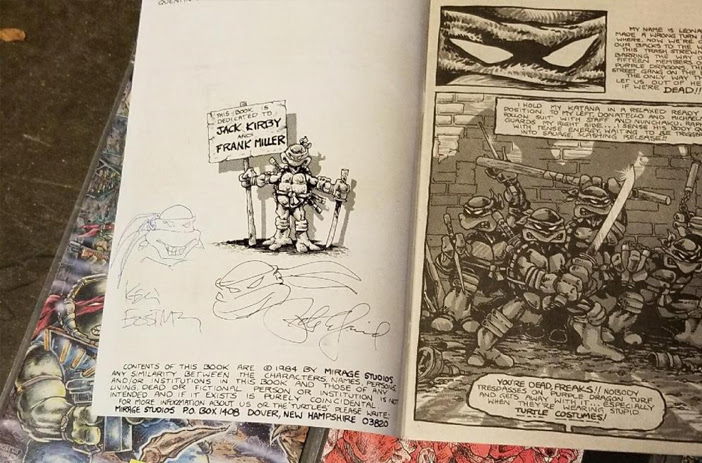
Those counterfeits have been known to be graded and treated as variants rather than fakes, and even though they're clearly marked, they're still old and a part of TMNT history, so people pay a premium for them.
The trick here is that the counterfeits aren't modern; they're also old and rare. Someone making a modern counterfeit wouldn't get the same treatment. Still, it's an interesting oddity, and I like to mention it occasionally.
Should You Be Worried? How to Protect Yourself
Should you be worried about the authenticity of the comics you buy? Well, yes, probably, just like any collectible. Truthfully, though, they're relatively rare, and you're mostly going to find them in stores located in Southeast Asia. No surprises there, right? A lot of counterfeiting happens in those areas.
Generally, if a comic is below a certain value, the chances of it being faked are pretty slim. People want to make a profit from their fakes, so they target a middle range: comics that are valuable to sell but still have a low enough price point to attract buyers and don't get the kind of scrutiny the million-dollar auctions would get.
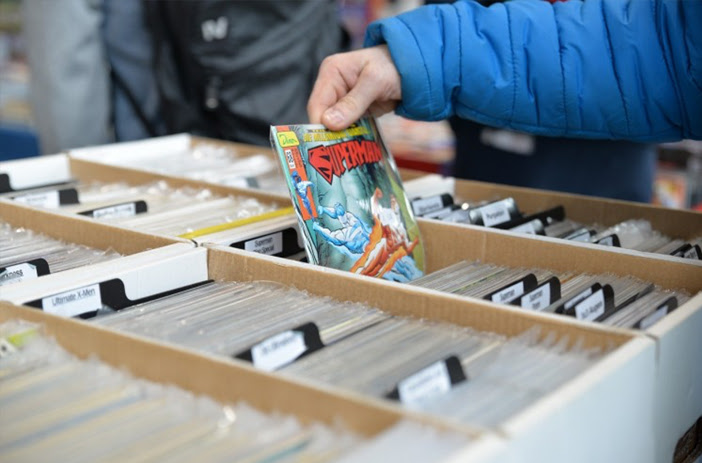
Learning to identify fakes is a tricky process. You need to know in detail what the original looks like and what kinds of tell-tale signs of a fake might exist. If it's in unusually good condition for an unusually low price, that can be one sign. Non-graded comics are also more commonly faked than graded copies because CGC can usually spot the fakes, reholder scams aside.
It's also important to compare levels of detail. Often, replica printing can leave smudges or miss lines that are in the original, and one thing counterfeiters don't usually have is a keen attention to tiny details.
Of course, you can avoid all of this by only dealing with reputable vendors. As one of the foremost dealers in high-value comics, we aren't going to try to pull one over on you, either buying or selling. So, if you want to buy high-value comics, check out our new arrivals! And if you have comics you'd like to sell, drop us a line.

